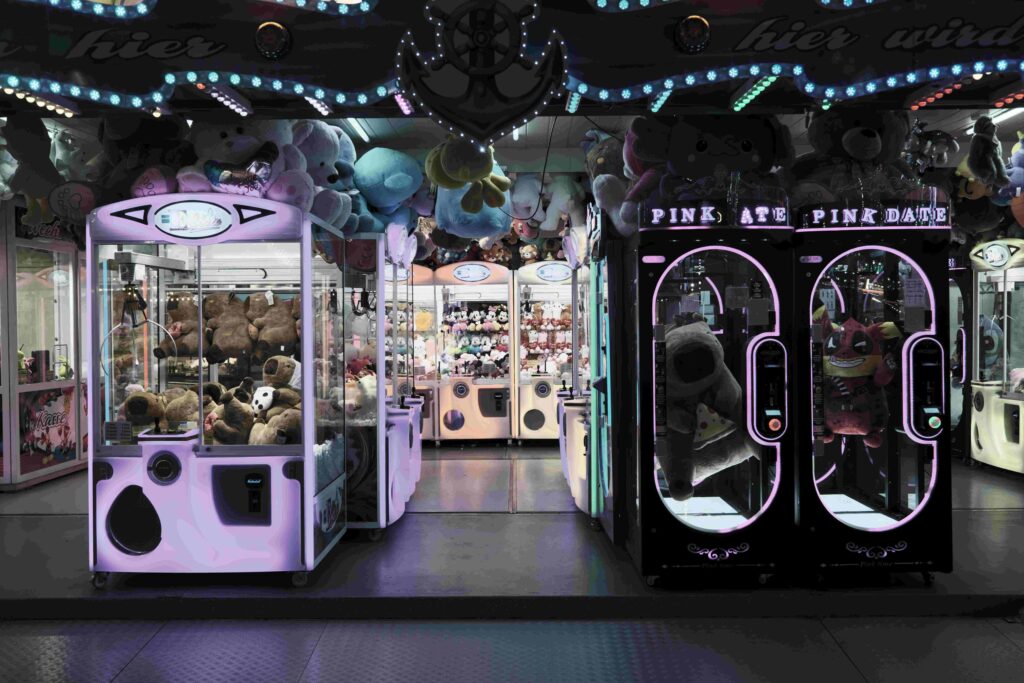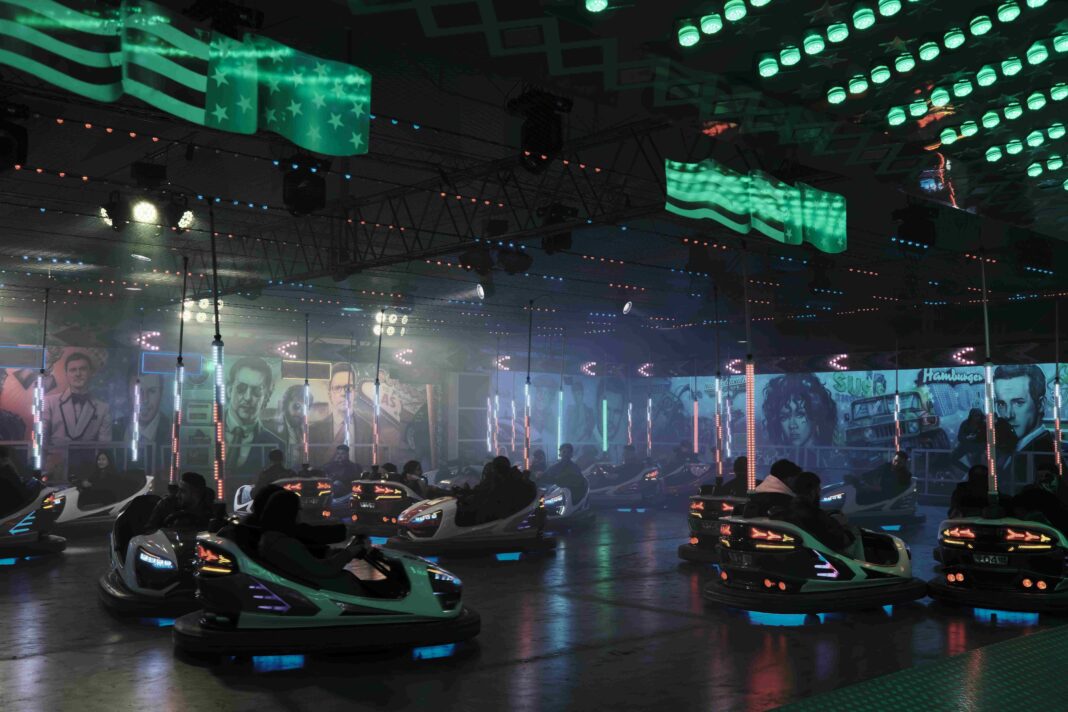The Super Nintendo Entertainment System (SNES) represents one of the most important milestones in video game history. Released in 1990 in Japan and 1991 in North America, this 16-bit console built upon the foundation laid by the original Nintendo Entertainment System (NES) while introducing revolutionary advancements in graphics, sound, and gameplay depth. What makes the SNES truly special isn’t just its technical capabilities—though they were impressive for the time—but the incredible library of games that pushed creative boundaries and established formulas that are still used in game design today.

Unlike modern gaming where photorealism and online connectivity dominate, the SNES era was about pure gameplay innovation within technical constraints. Developers had to be creative with limited storage space (cartridges typically held 4-8MB compared to today’s 50GB+ games), which led to tightly designed experiences where every pixel and sound effect mattered. This constraint bred genius—games had to be immediately fun, mechanically perfect, and endlessly replayable because there was no downloadable content or patches to fix mistakes later.
This article will take you through the absolute best SNES games that have stood the test of time. We’re not just listing classics—we’re examining why these games matter, how they influenced the industry, and why they remain incredibly playable decades later. Whether you’re a retro gaming enthusiast looking to revisit favorites or a younger player curious about gaming’s roots, these are the SNES titles that deserve your attention.
1. The Legend of Zelda: A Link to the Past
The Birth of Modern Adventure Gaming
When A Link to the Past launched in 1991 (1992 outside Japan), it didn’t just continue the Zelda franchise—it defined what an action-adventure game should be. While the original Legend of Zelda on NES pioneered open exploration, this sequel perfected it with smarter dungeon design, a richer world, and mechanics that became series staples.
Gameplay Innovations That Changed Everything
The most groundbreaking feature was the Light World/Dark World duality. Early in the game, Link gains the ability to shift between two versions of Hyrule—one bright and peaceful, the other twisted and dangerous. This wasn’t just a visual gimmick; it fundamentally changed how puzzles and exploration worked. A barrier in the Light World might be passable in the Dark World, or a chest unreachable in one dimension might be accessible in the other. This mechanic influenced countless future games, from Metroid Prime’s light/dark worlds to Dark Souls’ interconnected level design.
Combat was deeper than before with the introduction of the spin attack, dash move, and multiple sword upgrades. The item system was expanded beyond the original game’s basics—tools like the Hookshot (which lets you grapple across gaps) and the Mirror Shield (which reflects attacks) became iconic. Dungeons were meticulously crafted, with later areas like Turtle Rock and Ganon’s Tower requiring mastery of all your abilities.
Why It Still Holds Up
Modern games often struggle with pacing—either holding players’ hands too much or being obtuse. A Link to the Past strikes a perfect balance. The opening sequence guides you gently, but soon you’re free to explore at your own pace. Secrets are rewarding but not mandatory, and the difficulty curve feels fair. Even the graphics, while simple by today’s standards, are beautifully detailed with vibrant colors and smooth animations that haven’t aged poorly like early 3D games.
Cultural Impact and Legacy
This game’s DNA is visible in nearly every major adventure game since. Okami, Hyper Light Drifter, Death’s Door—all owe a debt to A Link to the Past. It established conventions like:
- Gated progression (needing certain items to access new areas)
- Optional upgrades that reward exploration
- A balance between combat, puzzles, and traversal
It’s not just influential—it’s still one of the best-playing games in the genre. Many fans argue no subsequent Zelda game has topped it (though Breath of the Wild fans might disagree).
2. Super Metroid
Defining the Metroidvania Genre
If A Link to the Past perfected adventure gaming, Super Metroid (1994) did the same for exploration-based platformers. The term “Metroidvania” (referring to games with interconnected maps, ability-gated progression, and heavy exploration) literally includes this game’s name for good reason.
Atmosphere and World Design
From the moment you land on Zebes, the game establishes an unmatched sense of isolation. There’s no dialogue, no hand-holding—just you, your arm cannon, and a hostile alien world. The sound design plays a huge role here: the eerie music, the dripping water in caverns, the unsettling cries of unknown creatures. Few games since have created such a thick atmosphere without relying on cutscenes or voice acting.
The map is a masterclass in nonlinear design. Early areas tease you with paths you can’t yet take—a high ledge requiring the Space Jump, a tunnel too narrow without the Morph Ball. As you gain upgrades, the world opens up in satisfying ways. Crucially, the game trusts players to explore and remember locations, avoiding modern gaming’s over-reliance on map markers.
Precision Gameplay
Samus controls perfectly. The weight of her jumps, the responsiveness of her shots, the way she seamlessly transitions between running, rolling, and shooting—it all feels incredibly polished. The boss fights are legendary, especially the showdown with Ridley and the terrifying Mother Brain.
Legacy and Influence
Super Metroid directly inspired:
- Castlevania: Symphony of the Night (which combined this formula with RPG elements)
- Hollow Knight (with its vast, interconnected world)
- Dead Cells (for its fluid movement and combat)
Even non-Metroidvanias borrow its design principles. The idea of “teaching through gameplay” (like showing a locked door long before you get the key) is now standard across genres.
Hidden Gems Worth Playing
- Terranigma: An action-RPG with a philosophical storyline that never released in North America
- Super Punch-Out!!: A masterclass in pattern recognition and reflexes
- ActRaiser: A unique hybrid of city-building and side-scrolling action
The SNES Sound Revolution
How the console’s advanced audio chip enabled iconic soundtracks, with analysis of Final Fantasy VI’s opera scene and Donkey Kong Country’s ambient tracks.
Preservation and Ways to Play
Detailed guide on:
- Original hardware vs. emulation
- The best modern re-releases
- How to spot counterfeit cartridges

